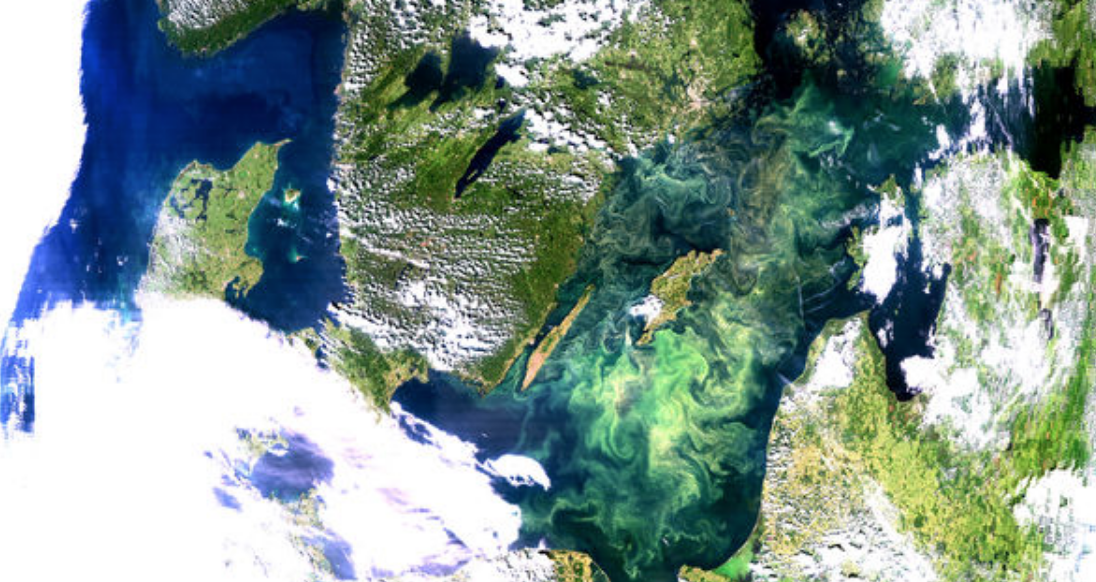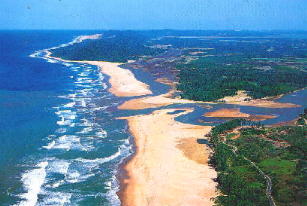Paper: Main, C.E., Ruhl, H.A., Jones, D.O.B., Yool, A., Thornton, B., Mayor, D.J., 2015. Hydrocarbon contamination affects deep-sea benthic oxygen uptake and microbial community composition. Deep Sea Research Part I: Oceanographic Research Papers 100, 79–87. doi:10.1016/j.dsr.2014.12.008
Oil and gas are hydrocarbons that we heavily rely on in the 21st century. Our high demand not only pushes for increases in production, but it also progresses the frontiers of deep-sea drilling. But, as more wells are created, we need to better understand how large, unexpected amounts of hydrocarbons (oil spills) affect the structure and functioning of the deep-sea community.
When undersea wells blowout, toxic concentrations of hydrocarbons can be rapidly released into the environment. The media presents these blowouts with dramatic images of flora and fauna covered in black tar along coastlines and on the sea surface. What are rarely shown in glossy photographs, however, are the consequences to the unseen deep-sea. When oil and gas spills, some of it floats to the surface and some of it forms horizontal layers within the ocean that are then entrained into deep currents and often end up on the seafloor (Figure 1). When the Macondo well blew in 2010, oil in the water column and on the seabed persisted at toxic concentrations for months, causing stress to the organisms living there.

This study by Main et al. examines the impacts of large quantities of hydrocarbons unexpectedly being added to the microbial communities found in seafloor sediment. Understanding how these micro-fauna react is a very important key to the health of the deep-sea environment.
Impacts of oil industry activities and pollution have commonly been measured by assessing changes in oxygen consumption of the whole sediment community. The reason is because oxygen levels indicate the health of the sediment community’s metabolism and can whether or not the community is stressed. The team took uncontaminated sediment cores from the continental shelf and measured the effects of two treatment levels of a water and fraction of crude oil mixture (WAF). They then looked at the sediment community oxygen consumption rates.
Not surprisingly, the experiments showed that increased exposure to the water & crude mixture significantly effected the deep-sea benthic organisms and hence the functioning of the deep-sea environment. There was a significant increase in the oxygen consumption despite an overall bacterial biomass decrease (Figures 2 & 3). The increase in oxygen consumption is likely a respiratory stress response by the living organisms, while the biomass decrease can be accounted for by mortality and/or decreased growth rates.


This study showed that contamination of deep-sea sediments with hydrocarbons will affect the structure and metabolic functioning of the resident microbial communities. What specific species the benthic bacteria communities shift to is still too difficult to detect due to the clear need for more detailed information about how the physiology of deep-sea benthic organisms respond to the contamination.
There is still a need for a net community-scale response to hydrocarbon contamination that will likely reflect a range of interactive processes that are not yet possible to predict. Increasing the understanding of biogeochemical cycling continues to develop and will become more valuable as drilling operations increase in popularity.
With academic backgrounds in oceanography, geology, and environmental education, Sarah has traveled to far reaches of the planet to learn everything she can about our natural world. While exploring, she dabbles in photography and is rarely found without a book. She has no plans to stop any time soon.



One thought on “Out of sight, out of mind: The effect of gas & oil spills on deep-sea communities”